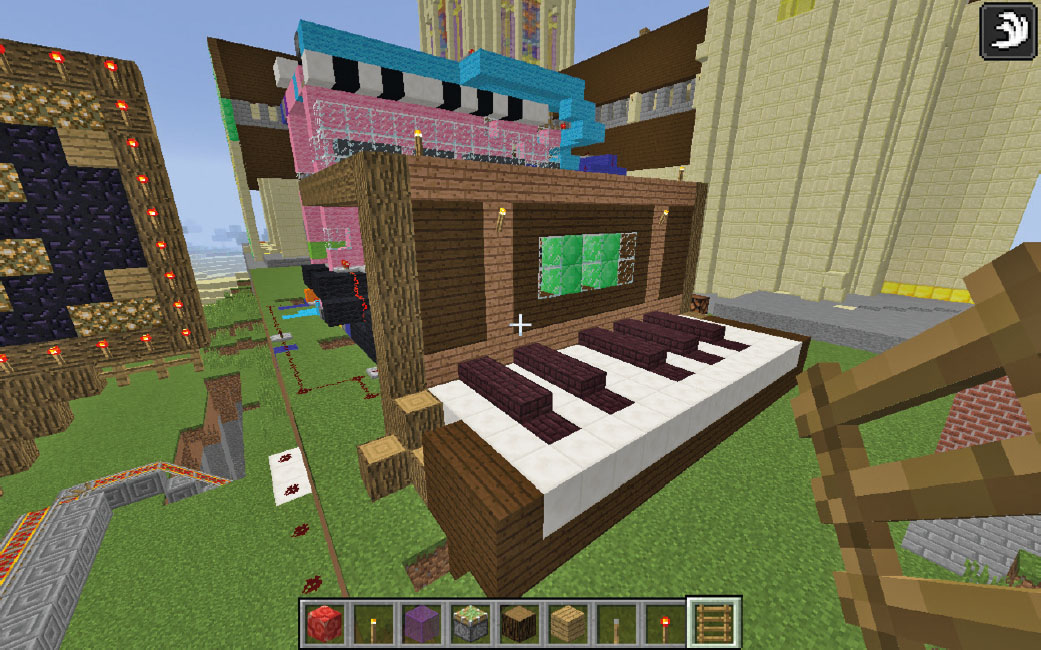
Last month in this section, Sam Aaron wrote about coding in music using Sonic Pi and his inspirational piece made me think about other links that there might be between music and music technology, and something like computer science. You might be wondering why this is appearing in Music Teacher – but as a specialist teacher of Key Stage 5, one of the questions I get asked most at open evenings is: ‘What can my child do with music or music technology after A-levels?’
This is a valid question, and one of the answers I give time and time again is that of careers in music for games. Computer games are a billion-dollar industry with a very large part of the sector based in the UK, and although the composer doesn't need to be based in the same country, it certainly helps if one is available at short notice locally. The ability to have a basic understanding of games design, coding and computer science is an extremely useful skill for any young musician or music student if they are considering this as a career path. Many universities include elements of coding within their music technology degrees (less so in music degrees), and some universities are now offering specific degrees in sound for games. However, there is currently no use of coding or computer science within the KS5 curriculums for either music or music tech, and therefore students have to learn it all from scratch when they arrive at university.
Developing narratives
In one of the schools in which I work, Year 9 pupils have just started a module about music for games. This is a short module in which the pupils have to create a brief for a game, develop a narrative, and compose the music for it. Providing a storyboard for a game that already exists provides the scaffolding for those who can't develop an outline themselves – the aim is for the student to create music, not design a game. The pupils seemed to engage very well with this project and some of the outcomes were excellent. They developed music that had a narrative, motifs and musical competency, but there was something major lacking from all of them: they were all hypothetical, compositions for games that didn't exist.
When composing for film it is very easy to import short video clips into a DAW or Sibelius, but it is much harder to import raw computer code or bits of a rendered computer game into a piece of music software because they are not as linear as a piece of film or television. Although the overall game arc might be the same for every player, how the individual player chooses to get there will be different every time.
Therefore, one option might be to work with the computer science faculty in your school and develop a fully cross-curricular project. Obviously not every computer science department will have a game design module in their curriculum but it could be something to be developed together with your music faculty.
The computer science faculty could develop a project in which their students have to create a basic level for game and then the music students may create appropriate music for the game. This would enhance the experience for both sets of pupils and allow them to create music for a project in the same way that they do when creating music for a film now.

A musical instrument created from scratch in Minecraft
Alternatively, programs such as Minecraft allow users to build and create huge worlds for others to explore and can also be used to create musical projects. This could either be used as above in which students build a short game in the software and then accompany what they design with some relevant music. Or, they actually use the tools and elements within Minecraft to create something musical, such as the instrument James Bullen created, as shown above (more on this next month).
Computer science and music have a huge potential for cross-curricular collaboration, and the use of some actual game design in a project could make the activity significantly more exciting for students. I would therefore encourage you to think about trying to embed computer science into your music teaching – either on your own or with your computer science department. Happy coding!








